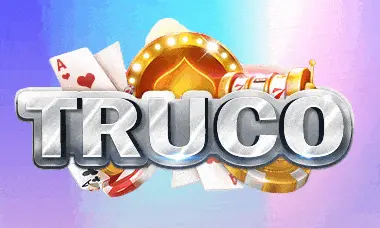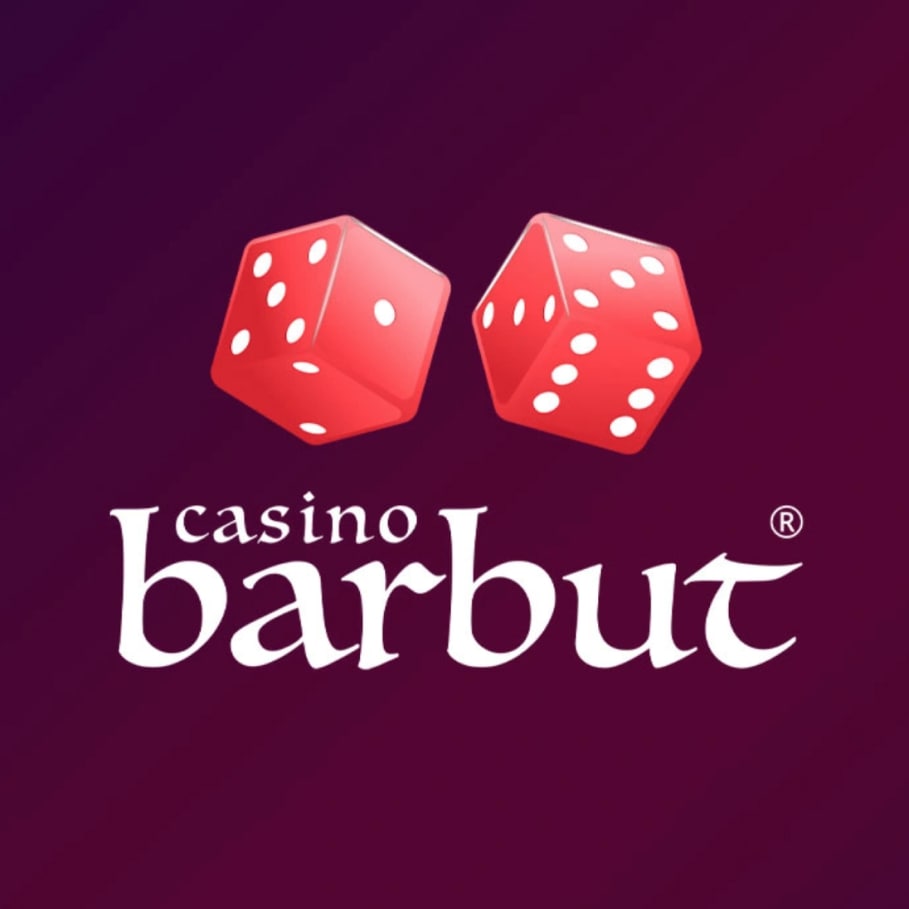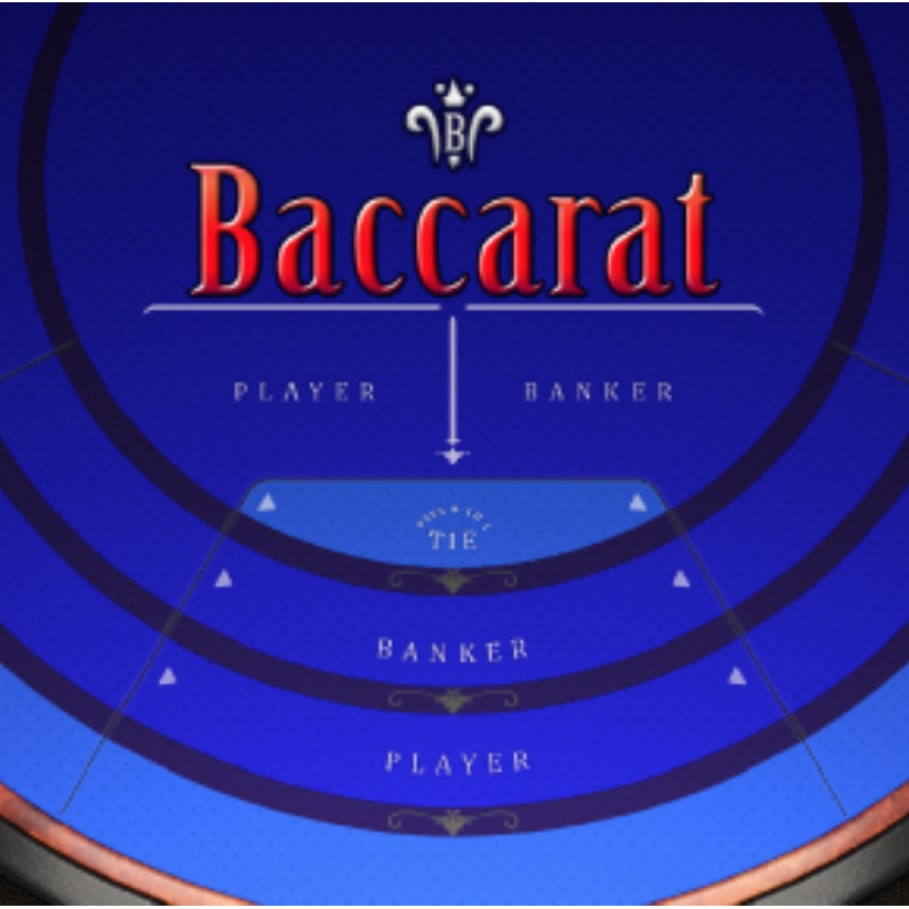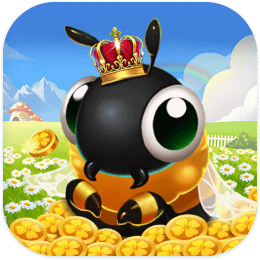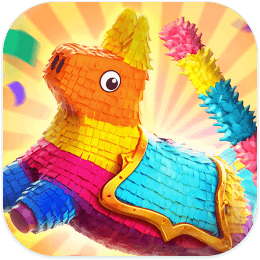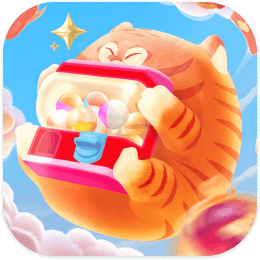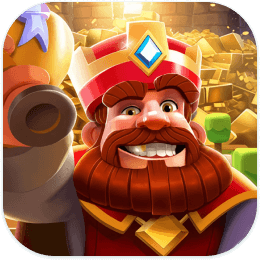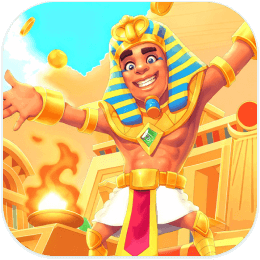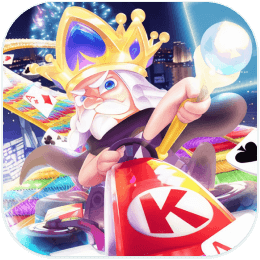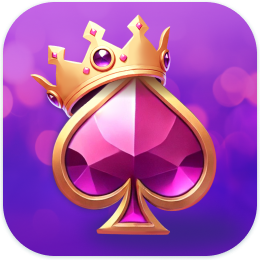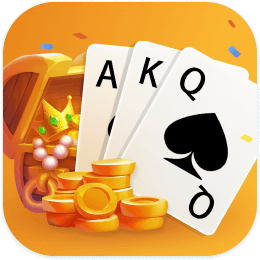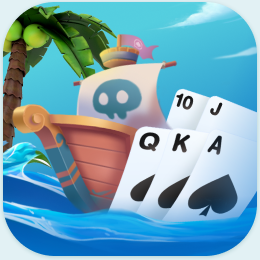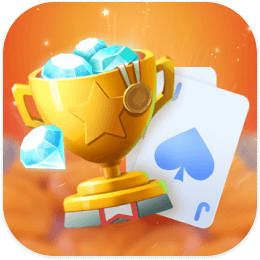How to Make a Game App in 9 Steps (2024)
With no-code tools, you don’t have to be a developer to create a game. No matter how big or small your idea is, here’s how to make a game in 9 steps.
With no-code tools, you don’t have to be a developer to create a game. No matter how big or small your idea is, here’s how to make a game in 9 steps.
Bubble
Read more posts by this author.

Bubble
1 Jan 2024• 7 min readRead more posts by this author.
1 Jan 2024• 7 min read
Design the core mechanic of your game
The pre-development phase of every great video game starts with a great concept. In the gaming world, the basic design element is also known as the core mechanic. It’s the fundamental building block upon which players experience the game. For example, players in Tetris slide and rotate a falling block shape with the goal of filling in as many rows at the bottom of the puzzle as possible.
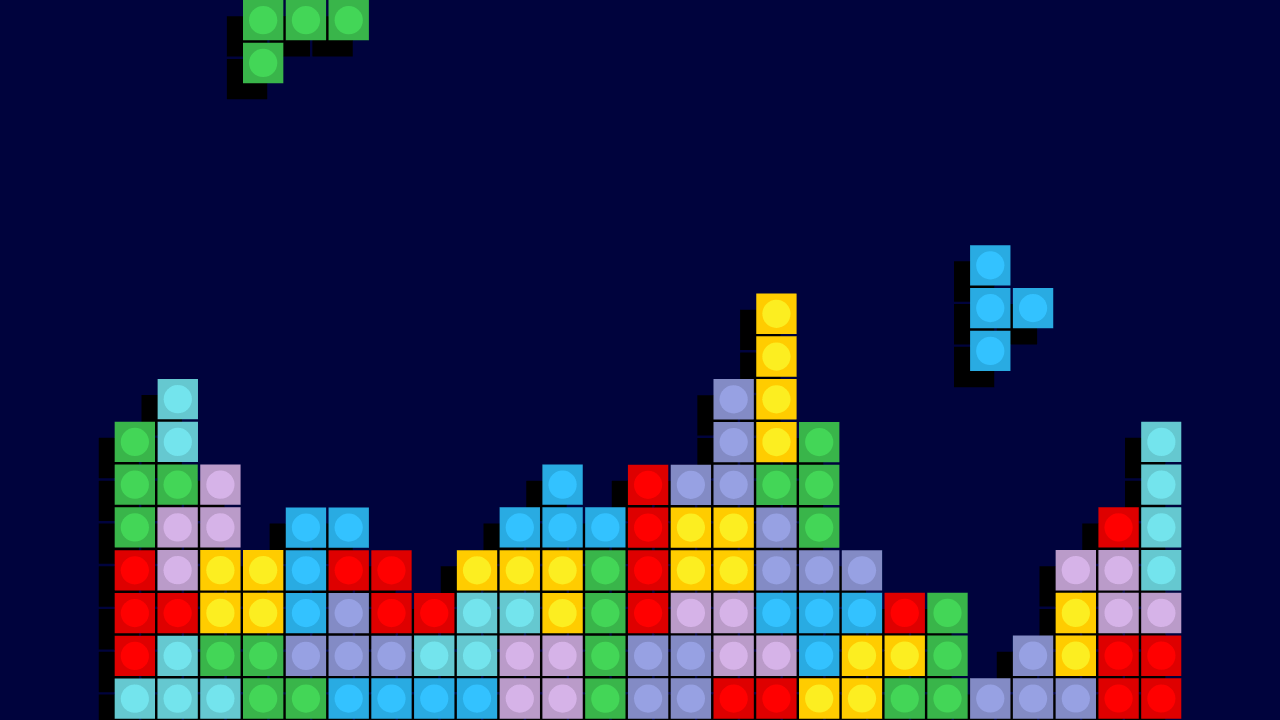 This core concept is what differentiates the game and makes it a fun and unique user experience. A great core mechanic grabs players’ attention and helps your game stand out in the crowd.
This core concept is what differentiates the game and makes it a fun and unique user experience. A great core mechanic grabs players’ attention and helps your game stand out in the crowd.
Once you have your core mechanic, choose the type of game and the target platform(s) it will run on. Graphics are a key contributor to these decisions. Use 2D graphics in platformer games and side-scrollers. If you want a more realistic experience, like those in first-person shooter games, use 3D graphics. (Note: this will add more complexity to your project overall.)
Whether you opt for 2D or 3D graphics will influence the game design and underlying technology decisions. You should also decide whether you’re building a mobile game that runs on Apple or Android devices, a computer game that can be played from PCs, laptops, or tablets, or a video game that’s used with consoles like Xbox or Playstation — or maybe a cross-platform idea so that users can experience gameplay on a variety of these devices.
Research and validate the game idea with potential users
Now that you know what kind of game you want to build, and have your core concept and game mechanic in mind, it’s time to validate the idea. There are a few ways you can do this:
- Do some research on the gaming industry and see what similar games are out in the marketplace — everything from huge, well-known games with established brands to indie games
- Play some existing games in the genre
- Look for games with similar mechanics to find out what you like and don’t like about them. What are the fundamentals of a good game? Conversely, what elements turn a video game into a bad experience?
- Survey the competition and gain insights into how big the potential market is for your first game
Another method is to get early feedback on your design from gamer friends and interested parties. Give them the elevator pitch for your game development concept and gauge their level of interest. Ask them what would make them want to play your video game or what they find interesting about the idea. This will give you essential feedback to refine your idea. (We’ll get into the feedback process more in step nine.)
Create a game design document
While it may be tempting to skip this step, there’s no substitute for writing down your design. It forces you to think through all of the main elements of how to make a game the way you envision it.
The game design document also captures the research and validation you performed that led to this direction and offers helpful context to have later when fine-tuning. Include a brief project overview in your design document and important game design details. Don’t forget to include a description of your target audience: How old are they (and are there any rating or content restrictions you need to consider when designing)? What other video games do they play? Which device(s) do they play them on? Do they want to have a way to interact with other gamers or do they prefer to play solo?
Bubble as a game development platform
Game development platforms provide most of the capabilities you need to build a game out of the box. (Think functions like animations and collision detection between in-game objects.) The specific features in your game will help you determine which platform you choose.
Some people have used no-code tools like Bubble to make simple games and web apps like Wordle or an online level maker. Bubble is a great option for cutting your teeth on game development and for building games that use 2D graphics. More complex video games that require higher performance and 3D graphics are often built with a game engine like Unity or Unreal Engine. You can also build your game from scratch using a programming language like C++ or C#. While building a game this way gives you a lot of flexibility, many games leverage existing patterns and building blocks already available on one of the platforms we mentioned earlier.
Building an MVP or prototype version with Bubble to start
This step begins the development phase that uses an agile approach to developing your game idea. The goal of the first iteration is to build the smallest viable working version possible. This slim version lets you and others start playing and engaging with the core constructs and fundamentals of the game early. Use feedback from the prototype and subsequent iterations to enhance and mature the game design over time, leading up to the final product.
Bubble is a helpful tool for game development because it makes it easy to create a working prototype using its powerful, no-code editor. It has numerous capabilities that make your job easy. Connect your app to a database, visually create responsive user interfaces, and define event-based workflows. See how you can easily create a trivia app using Bubble in this simple step-by-step tutorial.
Bubble makes testing your game design easy
Good game creation is all about experimenting before releasing it to the general public and seasoned gamers. Test, test, and then test some more, from both a quality and usability perspective. Ever play a popular video game and it’s no secret the gamemaker clearly put a lot of thought into their game design? Or the opposite — ever play something so clunky and frustrating it made you want to make your own video game out of spite? Test extensively and the people who play your game will thank you for it. Verify it’s fun to play. Ensure the gameplay is smooth. See if the pace of the game is what gamers would expect, and if there are surprising elements or other features that differentiate it from other games that are already out there. A successful game is never slow, boring, or reminds you of something you’ve already played before. Testing is an essential task that will help make gamers keep coming back.
Notably, user-testing no-code apps don’t require you to be a software developer or an expert in game development. For example, you can simplify the automated testing of your Bubble apps with Preflight’s no-code testing platform.
Deploy your game app
This step begins the post-game development phase, where you launch your product and refine your concept. You’ve built and tested your game, and it’s officially ready to go out into the world and the hands of gamers. Follow the steps to deploy your game and publish it on your platform of choice (mobile app stores like Apple or Google Play, Steam, or itch.io).
Start marketing on relevant platforms
Marketing is critical to getting the word out to your target audience. Create a trailer and post it on your target platforms. It helps to have a playable demo even before it’s available for purchase or download. Be sure to optimize the app before promoting the game across social media and submitting it to the app store. If you’re looking to learn some tips and tricks on how to make your game stand out in the very crowded market of the video game industry, here’s an overview of app store optimization for games.
As you’ll learn from the step-by-step guide mentioned above, learning ASO (app store optimization) for mobile games requires researching keywords, performing conversion rate optimization (CRO) and A/B testing, and tracking that data so you can make further improvements if needed — which brings us to the next step.
Ask for and implement user feedback
A common technique to get gamer feedback is called called playtesting. You can also post polls on social media and create in-app questionnaires, feedback forms, and surveys. And don’t forget to respond to player feedback! It’ll help build interest around the game, especially when players see that improvements are being made based on the discussion.
Keep iterating and improving the game — you’ll be glad you did.
By following these basic steps on how to make a game, you can let your imagination run and start building that game app you’ve been envisioning.
Join Bubble28 Aug 2024 – 22 min read
27 Aug 2024 – 17 min read
26 Aug 2024 – 9 min read
Start building for free
Literally Mindblowing Gameplay. 15 to 20-minute intense playtime. Enter the arena, go three rounds against The Dealer, and walk away with the prize.
This site only collects related articles. Viewing the original, please copy and open the following link:How to Make a Game App in 9 Steps (2024)

